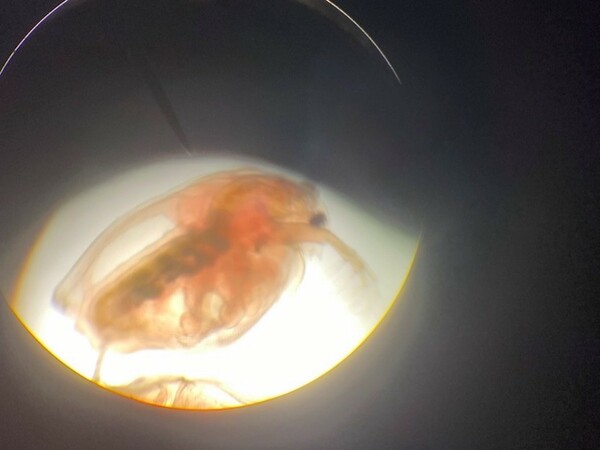Effects of Photoperiod Alterations on Stress Response in Daphnia magna
(1) Council Rock High School North, Newtown, Pennsylvania
https://doi.org/10.59720/21-106
In the modern world people are often impacted by factors that control when they can sleep and for how long, which results in an altered photoperiod. Alterations in photoperiod can occur from a variety of factors, ranging from working night shifts to travelling and changing time zones, and therefore influence the daily lives of many people. The purpose of these experiments was to determine if alterations in photoperiod affect the stress response in Daphnia magna. We hypothesized that if Daphnia magna are exposed to alterations in photoperiod, then there will be an increased stress response. We kept two distinct Daphnia populations and exposed the experimental group to a shorter photoperiod of 12 hours instead of the traditional 24-hour photoperiod. During the testing period, we tracked possible stress responses, including mean heart rate, brood size and male-to-female ratio. There were statistically significant differences between the control and experimental groups for both heart rate and brood size. Specifically, the experimental group exhibited an increased heart rate and brood size relative to the control group. Within the experimental group, there was statistically significant variation in the brood size over time, with the peak brood size occurring on day three or four in the seven-day trial. Male-to-female ratio did not have a statistically significant response to the altered photoperiod. The results found support the hypothesis of increased stress when photoperiod is altered, which could also indicate that altered photoperiod may have an impact on people that constantly experience changes in their photoperiod.
This article has been tagged with: